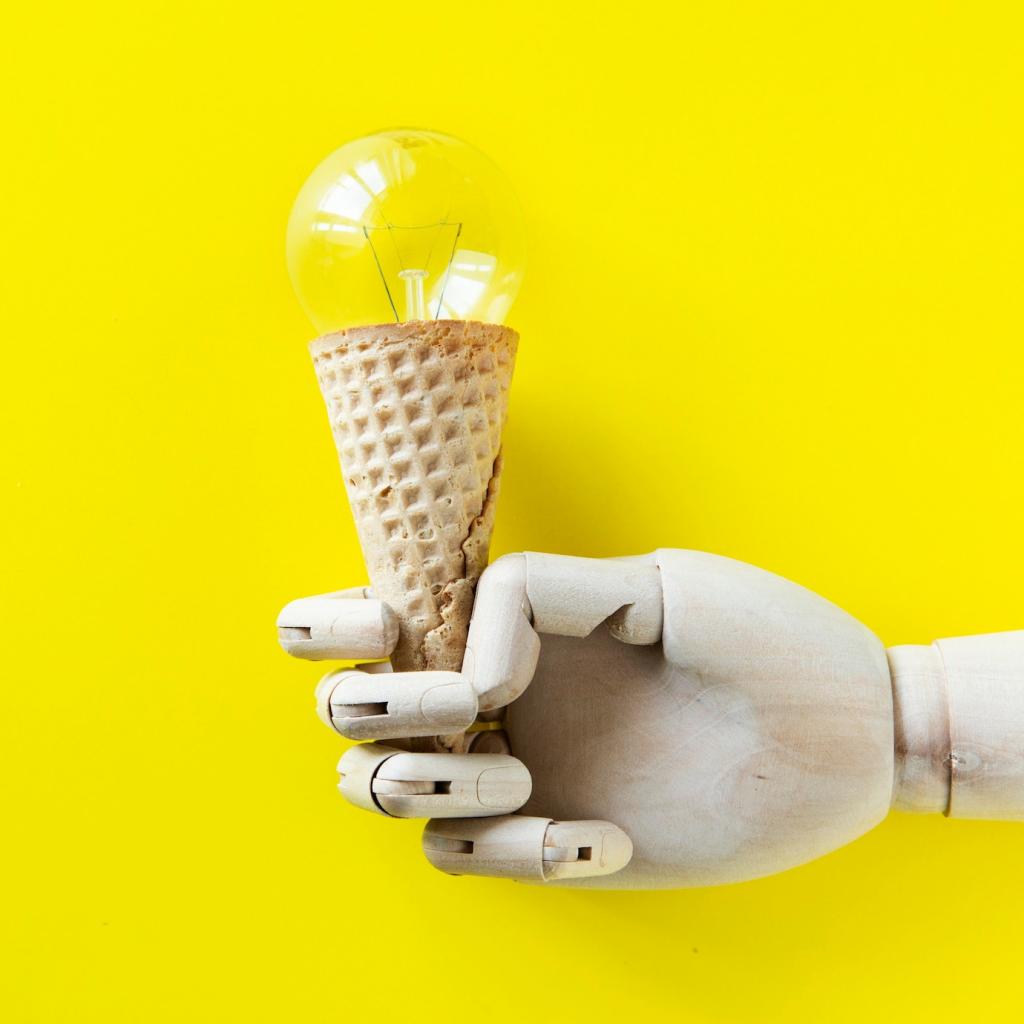Build Smarter Wellness: DIY IoT Health Monitoring with Arduino and Raspberry Pi
Theme selected: DIY IoT Health Monitoring Systems with Arduino and Raspberry Pi. Explore practical guides, heartfelt stories, and secure, inventive builds that turn sensor data into meaningful daily insights you can actually use.

Choosing Arduino and Raspberry Pi Roles
Let Arduino handle precise, low‑power sensor sampling while Raspberry Pi aggregates, stores, and serves data. This separation reduces jitter, preserves timing, and keeps dashboards responsive even when background tasks misbehave.
Must-Have Health Sensors and Modules
Start with a MAX30102 for pulse and SpO2, DS18B20 or MCP9808 for temperature, AD8232 for ECG experiments, and an MPU6050 accelerometer for movement. Use medical‑safe adhesives and strain relief for comfort.
System Architecture Blueprint
Sketch a simple pipeline: sensors feed Arduino, which timestamps and filters; Raspberry Pi subscribes over MQTT, archives to InfluxDB, and renders Grafana panels. Begin small, then modularly add analytics, alerts, and redundancy.
Hardware Craftsmanship: Power, Reliability, and Comfort
Use a quality Li‑ion or Li‑Po cell with proper charging, a low‑noise regulator, and generous decoupling near sensors. Separate analog and digital grounds carefully; tiny millivolts matter when tracking heart signals.
Hardware Craftsmanship: Power, Reliability, and Comfort
Breadboards are great for discovery, but wearable comfort needs flexible wires, soft enclosures, and rounded edges. Consider 3D‑printed cases, Velcro straps, and breathable fabrics so health data collection never feels intrusive.






Connectivity and Dashboards that Motivate
Choose connectivity that suits power and distance. An Arduino Nano 33 IoT handles Wi‑Fi natively; classic boards pair with ESP8266 or BLE modules, while Raspberry Pi shines as a gateway and scheduler.
Connectivity and Dashboards that Motivate
Visualize trends with Grafana or Home Assistant, and add annotations for workouts, sleep, or stressors. When dashboards reflect your routines, tiny improvements become visible, motivating consistent habits and healthier choices.
Security, Privacy, and Ethics by Design
Prefer MQTT over TLS and HTTPS endpoints, rotate credentials, and restrict topics per device. Log minimal personal information, anonymize identifiers, and keep raw data local on Raspberry Pi unless sharing is essential.

Test, Iterate, and Share Your Story
A Weekend Pulse Oximeter Story
A weekend ago I built a pocketable pulse oximeter: Arduino gathered MAX30102 readings, Raspberry Pi graphed trends, and my daughter giggled watching her heart rate spike during jump‑rope practice.
Validation Without a Lab
Validate measurements against a reputable consumer device, record differences over time, and adjust calibration factors. Share your plots, and invite feedback from readers who may notice patterns you missed during testing.
Join the Build and Subscribe
Subscribe for fresh Arduino and Raspberry Pi build notes, post your questions, and tell us what health insights you hope to unlock. Your ideas will shape our next experiments and open‑source templates.
